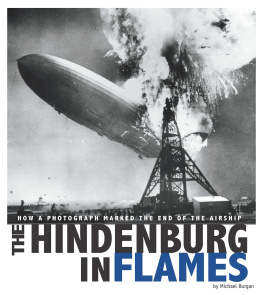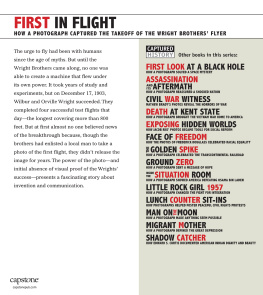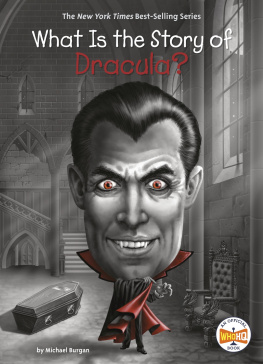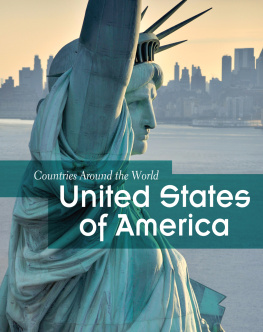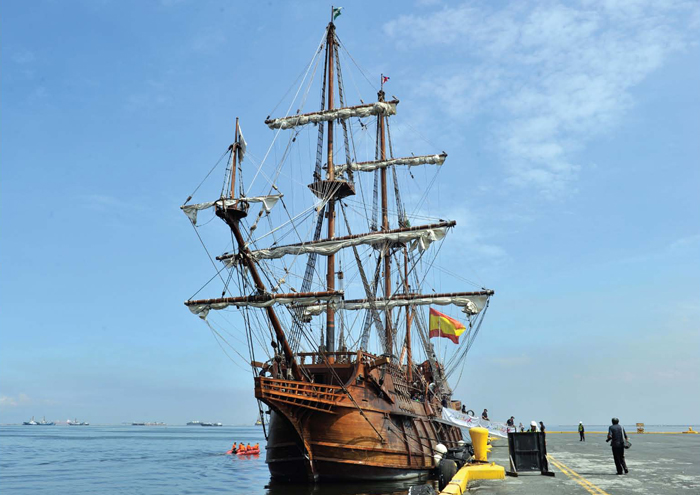Can you imagine a country made up of more than 7,000 islands? That country existsin the Pacific Ocean, east of mainland Asia. It is the Philippines, a land famousfor its natural beauty, variety of wildlife, and pleasant tropical weather. Takentogether, its islands cover an area about the size of Nevada.
As an island nation, the Philippines has no land borders with any other countries.Its closest neighbors are Malaysia (to the southwest), Indonesia (to the south),and China and Taiwan (to the north). The Philippines is a part of a region calledSoutheast Asia.
The people of the Philippines, called Filipinos , live on fewer than half of the islandsthat make up their nation. Most of the islands cover less than 1 square mile (2.6square kilometers). Many islands dont even have names. The largest island is Luzon.Manila, the nations capital, is located there. To the south is the large islandof Mindanao. In between is a group of smaller islands called the Visayas.
The Philippines today is a blend of several distinct cultures . The first settlerswere Malay . Spain then controlled the islands for several hundred years. The UnitedStates ruled the Philippines for a time, as did Japan during World War II. The Filipinoswere finally granted their independence in 1946. Filipinos reflect these differentinfluences. Many have Southeast Asian roots, Spanish names, and speak English. Butat heart, the people know they are a distinct nation, and they are proud to be Filipino.
The Philippines has about 20 active volcanoes, including Mount Mayon. This volcano,located on Luzon in the Bicol province , had a small eruption in 2009.
History: Path to Independence
At least 50,000 years ago, humans came to the Philippines from Indonesia or othernearby lands. They arrived on rafts and made their homes in caves. The newcomershunted wild animals and gathered wild fruits and vegetables for their food.
Starting about 3000 BCE, people began sailing to the Philippines from parts of Chinaand what are now Malaysia and Indonesia. People formed villages called barangays .The leader of each one was called a datu .
The appearance of Islam
Over the centuries, Filipinos traded with other people from distant lands. Theseincluded Arabs , who began sailing to the Philippines in the 1200s. The Arabs broughttheir faith, Islam , to some southern Philippine islands. Small Muslim kingdoms soonspread across the region, mainly on Mindanao.
The Spanish arrive
In the late 1400s CE, Spain began sending ships around the world. The kingdom wantedto trade cloth and jewels for valuable spices and metals. In April 1521, Portugueseexplorer Ferdinand Magellan made an agreement with the Spanish king to gain supportfor a new expedition. He reached the Philippines and landed on the island of Cebu,in the Visayas. He convinced the local datu to become a Roman Catholic . Other tribes rebelled against Magellan and the datu , and Magellan was killed. But the remainingsailors returned to Spain, completing the first sea voyage around the world.
In 1565 conquistador Miguel Lpez de Legazpi brought the first Spanish settlers tothe Philippines. He called the islands Las Filipinas , in honor of Spains king (spelled Philip in English). The Spaniards built a fort on Cebu. By 1571 the Spanish had madeManila, on Luzon, the capital of their new Asian colony .
Miguel Lpez de Legazpi began building Fort San Pedro soon after he arrived in Cebu.Visitors can explore the remains of the fort and a small museum inside its gate.
Ships called galleons , such as this one, carried goods between Manila, China, andMexico during the years 1565 to 1815.
Life under Spain
At times, the Filipinos fought the Spanish. The Muslim Filipinos living in the south,on Mindanao, were organized enough to resist the invaders. But Luzon and the surroundingislands came under Spanish control. The Spanish began using the Philippines as abase for trade. By the end of the 1500s, the Philippines was the key link in thefirst international trade between the Americas, Europe, and Asia.
Religion and society
The Spanish brought their Roman Catholic faith to the Philippines. Many Filipinosadopted this religion. The Spanish also forced Filipinos to work for them and paytaxes. The Spanish let some local Philippine leaders keep their power, as long asthey were loyal to Spain. Chinese merchants were important in the Philippines, organizingtrade with China.
Some Spanish men married Chinese or Filipino women. Their children were called mestizos if they were male and mestizas if they were female. They played key roles in localaffairs. By the late 1800s, many mestizos and mestizas were well-educated and wealthy.But the Spanish and Roman Catholic priests still controlled the government.
A fight for independence
By the 1890s, many Filipinos wanted independence from Spain. A revolution began in1896. The Filipinos greatly outnumbered Spanish troops. The fighting ended late in1897, with the Spanish still in control.
ANDRES BONIFACIO (18631897)
Andres Bonifacio came from a poor family. Although he did not have much schooling,Bonifacio was able to read, and by the 1890s he became convinced the Philippinesshould receive their independence from Spain. He led a revolution in 1896, but waskilled by fellow rebels who disagreed with him over how to fight the revolution.Filipinos consider Bonifacio a national hero.
This map shows the major trade routes that linked the Philippines with China andMexico. It also shows the items carried on each route.
The Americans arrive
In April 1898 Spain and the United States went to war, and the Americans quicklywon. As a result, they took control of the Philippines by buying it from Spain for$20 million. Former rebels there also challenged the new U.S. rule. During the fightingthat followed, as many as 22,000 Filipino soldiers and 600,000 civilians died. TheUnited States won this bloody war (sometimes known as the Philippine War of Independence)in 1902.
The Americans began building hospitals, roads, and schools. They created a governmentthat let the people make some of their own laws. But the Americans also made youngFilipinos study English, not their native languages. The history of the Philippineswas also largely ignored.
In June 1898, Filipinos led by Emilio Aguinaldo declared independence from Spain.But the country soon came under U.S. control.


